What Are Wifi Cameras ?
WiFi cameras, also known as wireless cameras, are surveillance cameras that can connect to a wireless network using WiFi technology. These cameras are equipped with built-in WiFi modules, allowing them to transmit video and audio signals over a wireless network to a connected device, such as a smartphone, tablet, or computer. WiFi cameras offer the convenience of remote monitoring, as users can access the camera's live feed and recorded footage from anywhere with an internet connection. They are commonly used for home security, baby monitoring, pet monitoring, and small business surveillance. WiFi cameras often come with additional features such as motion detection, night vision, two-way audio, and cloud storage for recorded footage.
1、 Definition and Function of WiFi Cameras
WiFi cameras, also known as wireless cameras, are surveillance cameras that use wireless technology to transmit video and audio signals to a receiver or a network. These cameras are equipped with built-in WiFi modules that allow them to connect to a local WiFi network, eliminating the need for physical cables.
The main function of WiFi cameras is to provide remote monitoring and surveillance capabilities. Users can access the camera's live feed and recorded footage from anywhere with an internet connection, using a smartphone, tablet, or computer. This allows for real-time monitoring of homes, offices, or any other location, providing a sense of security and peace of mind.
WiFi cameras offer several advantages over traditional wired cameras. Firstly, they are easy to install and set up, as there is no need for complex wiring or drilling holes. This makes them a popular choice for homeowners and renters alike. Additionally, WiFi cameras can be placed in locations that are difficult to reach with wired cameras, providing more flexibility in terms of camera placement.
Furthermore, WiFi cameras often come with advanced features such as motion detection, night vision, and two-way audio. These features enhance the camera's functionality and make it more effective in capturing and recording events. Some WiFi cameras also offer cloud storage options, allowing users to store their footage securely online.
In recent years, WiFi cameras have become increasingly popular due to advancements in technology and the growing demand for smart home devices. With the rise of the Internet of Things (IoT), WiFi cameras can now be integrated with other smart devices, such as smart locks and smart lights, creating a comprehensive home security system.
Overall, WiFi cameras provide a convenient and flexible solution for remote monitoring and surveillance. They offer ease of installation, advanced features, and integration with other smart devices, making them an essential component of modern home security systems.
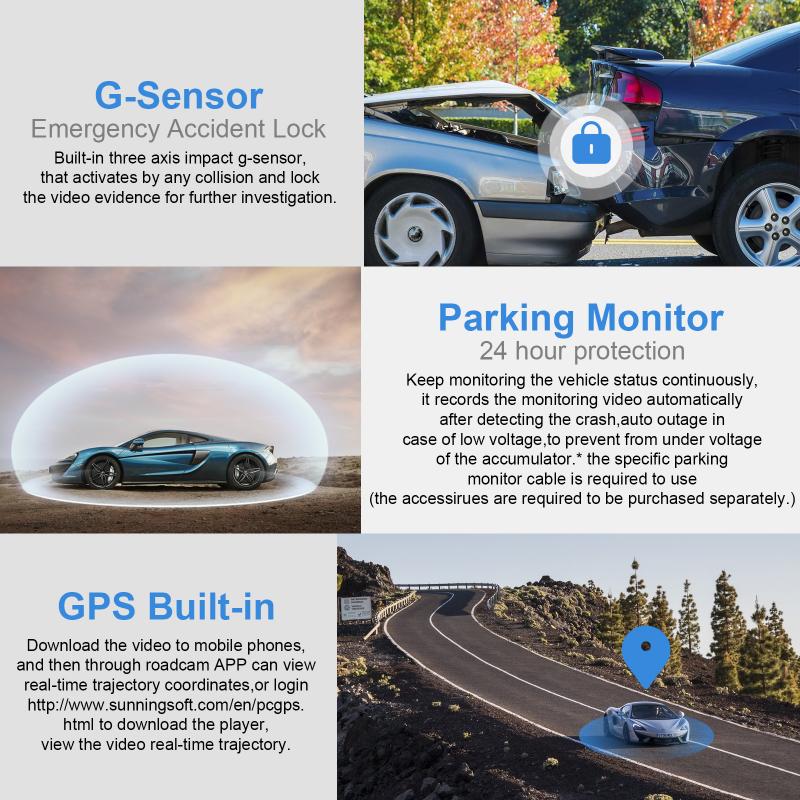
2、 Types and Features of WiFi Cameras
Types and Features of WiFi Cameras
WiFi cameras, also known as wireless cameras, are surveillance cameras that can connect to a wireless network, allowing users to monitor and record video footage remotely. These cameras use WiFi technology to transmit video and audio signals to a receiver or a cloud-based storage system, eliminating the need for physical cables.
There are several types of WiFi cameras available in the market, each with its own unique features and capabilities. One common type is the indoor WiFi camera, which is designed for indoor use and is typically used for home security purposes. These cameras are compact and discreet, making them easy to install in various locations around the house.
Another type is the outdoor WiFi camera, which is specifically designed to withstand harsh weather conditions and provide surveillance for outdoor areas such as gardens, driveways, and entrances. These cameras are usually weatherproof and equipped with night vision capabilities to ensure clear footage even in low-light conditions.
Some WiFi cameras also come with pan-tilt-zoom (PTZ) functionality, allowing users to remotely control the camera's movement and zoom in on specific areas of interest. This feature is particularly useful for monitoring large areas or tracking moving objects.
In recent years, WiFi cameras have seen advancements in technology, such as the integration of artificial intelligence (AI) and facial recognition capabilities. These features enable the cameras to detect and identify specific individuals, providing an added layer of security and convenience.
Additionally, many WiFi cameras now offer cloud storage options, allowing users to store their video footage securely online. This eliminates the need for physical storage devices and provides easy access to recorded footage from anywhere with an internet connection.
Overall, WiFi cameras offer a convenient and flexible solution for surveillance needs. With their wireless connectivity and advanced features, they provide users with peace of mind and the ability to monitor their properties remotely.
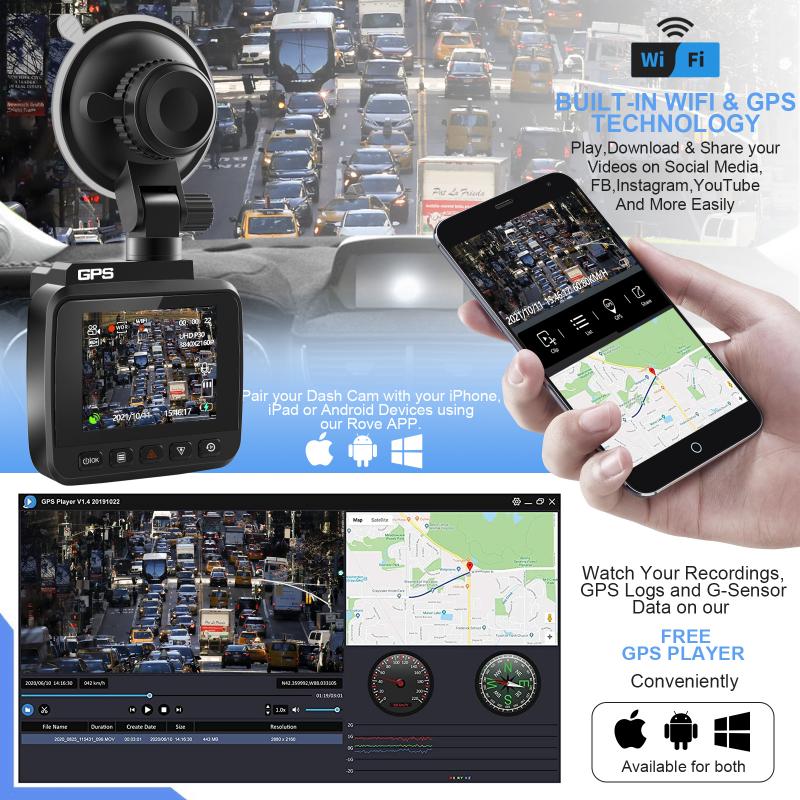
3、 Advantages and Disadvantages of WiFi Cameras
WiFi cameras, also known as wireless cameras, are surveillance cameras that use wireless technology to transmit video and audio signals to a receiver or a network. These cameras are equipped with built-in WiFi modules, allowing them to connect to a local WiFi network and stream footage to a computer, smartphone, or other devices.
Advantages of WiFi Cameras:
1. Easy installation: WiFi cameras eliminate the need for complex wiring, making them easy to install and set up. This makes them a convenient option for both homeowners and businesses.
2. Remote access: One of the major advantages of WiFi cameras is the ability to access the footage remotely. Users can view live video feeds or recorded footage from anywhere with an internet connection, using a smartphone or computer.
3. Flexibility: WiFi cameras can be placed anywhere within the range of the WiFi network, providing flexibility in terms of camera placement. They can be easily moved or repositioned as needed.
4. Expandability: WiFi cameras can be easily integrated into existing WiFi networks, allowing for the addition of multiple cameras without the need for additional wiring.
5. Advanced features: Many WiFi cameras come with advanced features such as motion detection, night vision, and two-way audio, enhancing the overall security and surveillance capabilities.
Disadvantages of WiFi Cameras:
1. Limited range: WiFi cameras have a limited range, typically up to a few hundred feet. This can be a disadvantage in larger properties or areas with weak WiFi signals.
2. Vulnerability to hacking: Like any device connected to the internet, WiFi cameras are susceptible to hacking. It is crucial to ensure proper security measures, such as strong passwords and regular firmware updates, to minimize the risk.
3. Bandwidth limitations: Streaming high-quality video footage from multiple WiFi cameras can consume a significant amount of bandwidth, potentially affecting the performance of other devices on the network.
4. Power requirements: WiFi cameras require a power source, either through a wired connection or batteries. This can limit their placement options, especially in outdoor areas without easy access to power outlets.
In conclusion, WiFi cameras offer convenience, flexibility, and remote access capabilities, making them a popular choice for surveillance systems. However, it is important to consider the limitations such as range, security vulnerabilities, bandwidth requirements, and power constraints when deciding to implement WiFi cameras.
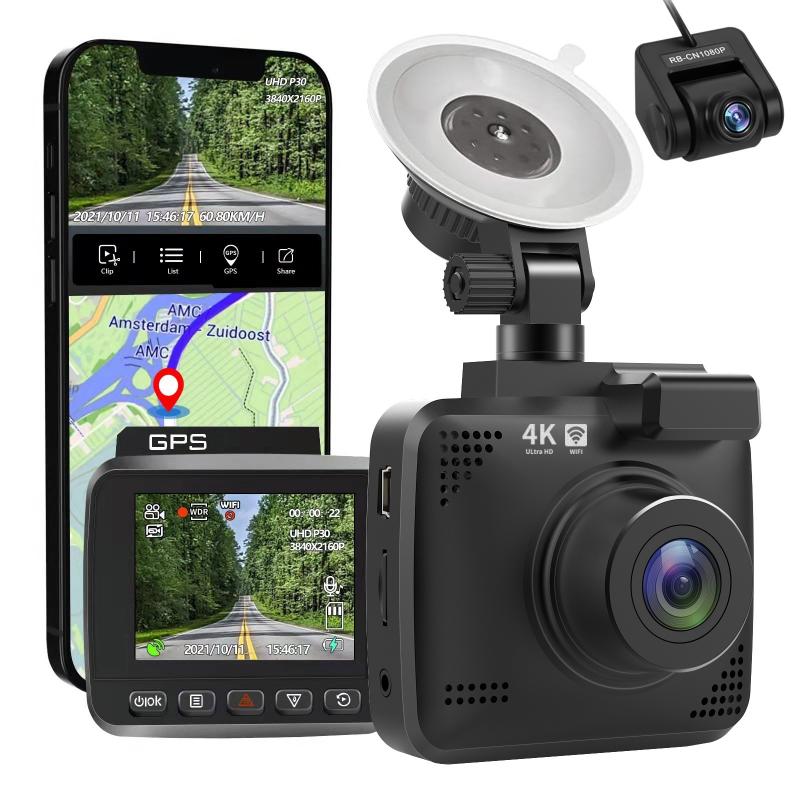
4、 How to Set Up and Use WiFi Cameras
WiFi cameras, also known as wireless cameras, are surveillance cameras that connect to a wireless network, allowing users to monitor and record video footage remotely. These cameras use WiFi technology to transmit video and audio signals to a receiver or a cloud-based storage system, eliminating the need for physical cables.
Setting up and using WiFi cameras is relatively simple. First, you need to choose a suitable location for the camera and ensure it is within range of your WiFi network. Then, you connect the camera to your WiFi network by following the manufacturer's instructions. This typically involves downloading a mobile app or software, scanning a QR code, and entering your WiFi network credentials. Once connected, you can access the camera's live feed and recorded footage through the app or software on your smartphone, tablet, or computer.
WiFi cameras offer several advantages over traditional wired cameras. They provide flexibility in terms of camera placement, as they can be installed in areas where running cables is impractical. Additionally, WiFi cameras can be easily moved or repositioned as needed. They also offer remote access, allowing users to monitor their property from anywhere with an internet connection. Some WiFi cameras even have advanced features like motion detection, night vision, and two-way audio communication.
It is worth noting that while WiFi cameras offer convenience and flexibility, they also come with potential security risks. It is essential to secure your WiFi network with a strong password and enable encryption to prevent unauthorized access to your camera feed. Regularly updating the camera's firmware and using strong, unique passwords for the camera's login credentials are also recommended.
In conclusion, WiFi cameras are wireless surveillance cameras that connect to a WiFi network, allowing users to remotely monitor and record video footage. They offer convenience, flexibility, and remote access, but it is crucial to prioritize security measures to protect your privacy.





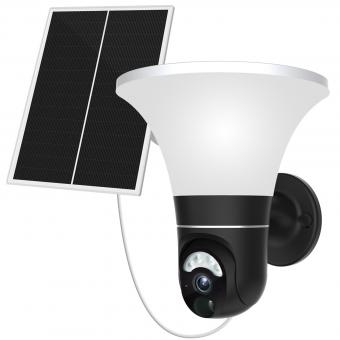
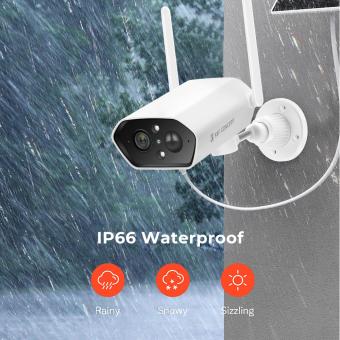





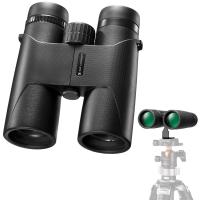


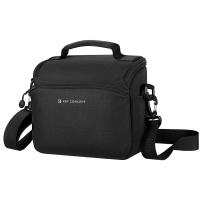










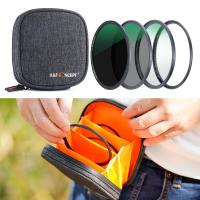


There are no comments for this blog.